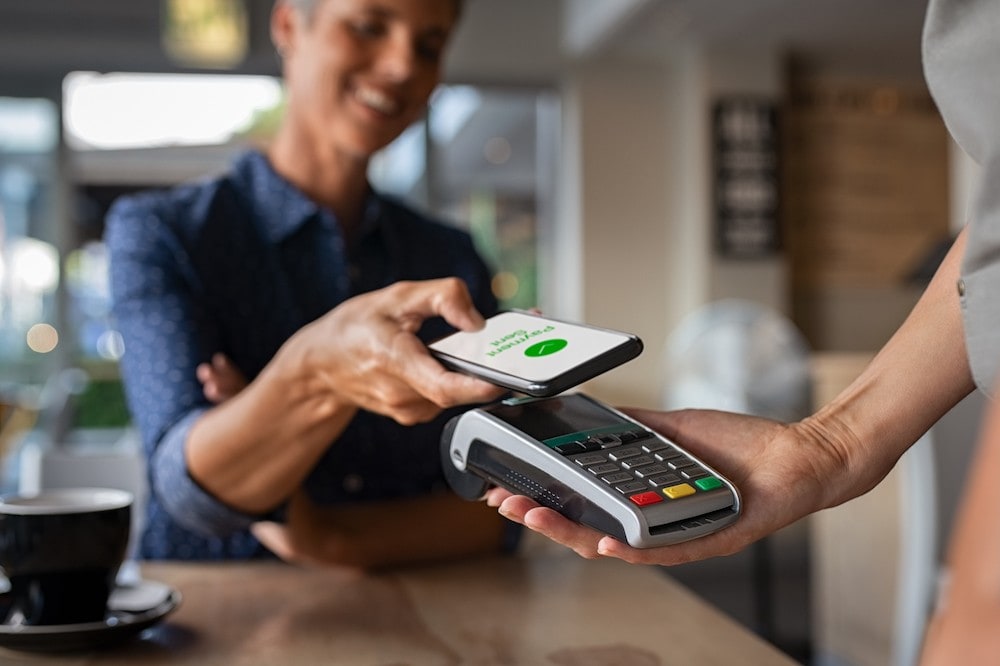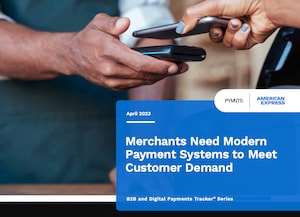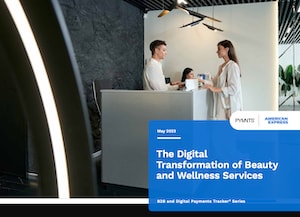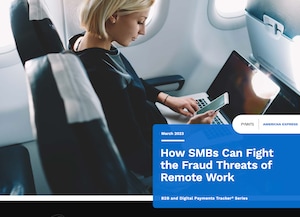March 9, 2023
Mastering Digital Payments: Ways to Thrive in a Cashless Society

Sharon Hurley Hall
SharonHH.com
Among the many changes that the COVID-19 pandemic brought to the small-business landscape was accelerating the move to a cashless society. A 2020 Accenture report of 120 payments executives says that by 2023, 420 billion transactions worth $7 billion will move to cards and digital payments, and by 2030, digital payments will account for $48 trillion.
While countries like Sweden have been predominantly cashless for years, other countries are moving to do the same in the wake of the pandemic. Some small-business owners have mixed feelings about the move. Nabil Kabbani, president and CEO of customer engagement and payment platform CieloPay, says there’s “a certain level of skepticism and apprehension that can be reduced with better education.”
According to online marketing consultant Louise Brogan, “Some small-business owners worry about not being able to offer the choice to their customers. Those with smaller transactions are more concerned about this aspect. Also, businesses that work with older customers or those on lower-income backgrounds seem to want to be able to offer cash payments. There are a lot of people who are still paid in cash.”
Fees are also a concern for some. Social entrepreneur and founder of Collective Flow Consulting, Emily O. Weltman, who works with small-business clients, comments that though she knew she’d switch to digital payments eventually, “I just wasn’t ready to see 3% go away with so little money to begin with. As a woman-owned business, I have not had any funding, so when I started, even the ACH transfer fees of 1% bugged me.”
But going cashless also offers advantages. Intuit says digital payments offer convenience and speed. Weltman agrees: “As a person who always wants to pay early but will have a check ready to go and take too long to mail it, I think it’s a surefire way to get paid on time. And as my clients are mostly founders and consultants from marginalized backgrounds, expecting cash on hand is harder. This way they can get to it whenever and use a credit card if they must.”
"Digital payments are another evolutionary and unavoidable step for payments, the same way cash improved barter and cards improved cash handling."
- Nabil Kabbani, President and CEO, CIELOPAY
Going digital can also cut down on the time spent processing payments, while adding a layer of security, says Brogan. “They don’t have to spend time balancing their tills, they don’t hold cash on site, they don’t have to travel physically to the bank to deposit cash and there are no issues with worrying if someone is ‘dipping’ into the till or making mistakes in calculations,” she says.
And digital payment options can also help with client acquisition and retention. Kabbani says offering digital payments gives small businesses “a way to capture new clients and avoid losing clients by offering more payment options and improving shopping cart conversions or check-out conversions.”
So, how can small-business owners get ready to use digital payments effectively?
Get Informed on Digital Payments
When it comes to giving customers the convenience of digital payments, knowledge is power, says Brogan. “Talk to other business owners you know who have made the move and find out what they like about it. Chat to your bank and see if they have tips to help. Most digital payment software will have clear advice and support online—check their websites.”
Kabbani agrees that small-business owners “need to invest a minimum of time in doing some research to understand their options and vet the various players to pick the right one. They also should learn how the integrations need to be implemented to fully benefit from the advantages digital payments bring.”
Understand the Potential of Digital Payment Solutions
To get the benefits of digital payments, small-business owners need to understand how the technology can help them. Kabbani says, “Many solutions now have direct integrations that can post to your ledger and create reconciliation and exception tracking reports that make it easier to manage your payments..
“Usually with these methods, implementation is fairly simplified and streamlined, reducing the burden on the company of setting up a complex payment ecosystem," he adds. "Many are self-service, pre-integrated, or require very little intervention and rarely any customization.”
Implement Robust Digital Payment Systems
Experts agree that it’s important to be organized. "If a company is taking BACS transactions, they need to make sure that each payment has a proper reference number so they can connect the payment to the right customer," says Brogan. “Create a system for balancing your online accounts on a regular basis—if you are using invoicing, set up a clear reference system to keep track of payments.”
Weltman says it’s also essential to keep on top of your finances throughout the year: “Make sure you still look at your cash flow and statements often. Don’t just log in at tax time, keep an eye out for weird charges."
Make Digital Payments an Add-On
It’s important for small businesses to recognize that, at the start at least, digital payments won’t totally replace cash. “My clients tend to be older millennials or Gen Z so they’re not as obsessed with all digital money as Gen Y or younger millennials," says Weltman. "Checks aren’t unheard of yet, and with consultants over 50, that’s still the preference.”
But business owners need to be aware that going at least partly cashless will soon be the norm. According to Brogan, “Having spoken to several small-business owners, with the pandemic, attitudes towards digital payments have changed. A lot of small businesses, including retail, have moved to cashless as it has been easier not to handle cash. Quite a few have said they wouldn’t go back to a cash-based business.”
"Digital payments are another evolutionary and unavoidable step for payments, the same way cash improved barter and cards improved cash handling," says Kabbani. "They are provided by many vetted and experienced companies that can help you through a painless and successful implementation. The better ones can even dramatically reduce your back office costs if properly integrated in your workflow. Just do your vendor diligence and embrace the benefits.”
Photo: Getty Images








